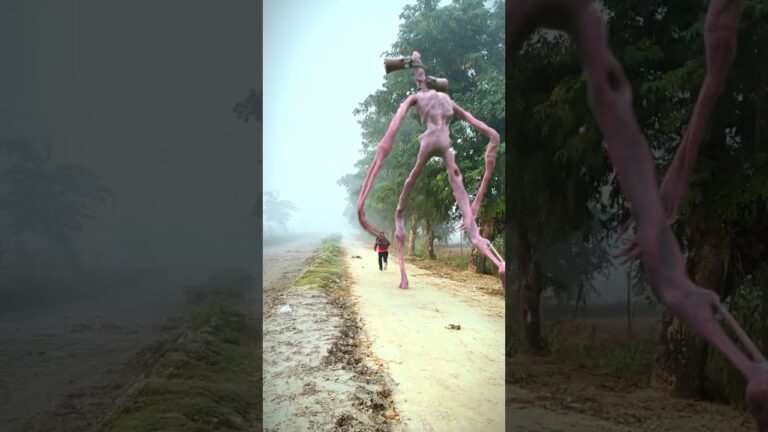High-Paying Graphic Designer Job: Salary and Description
Graphic Designer Job Description
A Graphic Designer is responsible for creating visually appealing and innovative designs for various platforms. They work closely with clients or creative teams to understand their requirements and develop designs that meet their needs. A Graphic Designer utilizes their artistic skills and knowledge of design software to create logos, brochures, websites, social media posts, and other marketing materials.
In addition to design work, a Graphic Designer may also be responsible for researching current design trends, brainstorming creative ideas, and collaborating with other team members to ensure the final product meets the client’s expectations. They should have a strong understanding of color theory, typography, and layout design.
Graphic Designer Salary
The salary of a Graphic Designer can vary depending on factors such as experience, location, and the industry they work in. On average, a Graphic Designer can earn anywhere between $40,000 and $70,000 per year. Entry-level positions may start at a lower salary, while experienced Graphic Designers with a strong portfolio and skills may command higher salaries.
It is worth noting that freelance Graphic Designers have the potential to earn more as they can set their own rates and take on multiple projects simultaneously. Additionally, some Graphic Designers may choose to specialize in a specific niche, such as web design or branding, which can also impact their salary potential.
Overall, a career as a Graphic Designer offers both creative fulfillment and competitive salary prospects for individuals with a passion for design and visual communication.

Graphic Designer Job Description Template
Graphic Designer Job Description
A graphic designer is a creative professional who combines art and technology to create visually appealing designs. They are responsible for developing the overall layout and production design for various applications such as advertisements, brochures, magazines, and corporate reports.
One of the key responsibilities of a graphic designer is to understand the client’s requirements and translate them into visually stunning designs. They collaborate with clients and colleagues to brainstorm ideas and concepts, ensuring that the final product meets the client’s expectations.
Another important skill for a graphic designer is proficiency in various design software such as Adobe Photoshop, Illustrator, and InDesign. They use these tools to manipulate images, create digital illustrations, and layout designs. In addition, they should have a good understanding of typography, color theory, and composition to create visually appealing designs.
A graphic designer should also have strong communication skills to effectively present their ideas and concepts to clients and colleagues. They must be able to listen to feedback and make necessary revisions to meet the client’s needs.
Furthermore, a graphic designer should possess creativity and an eye for detail. They should be able to think outside the box and come up with innovative design solutions. Attention to detail is crucial to ensure that the final design is flawless and meets all specifications.
Overall, a graphic designer plays a vital role in creating visually appealing designs that communicate a message effectively. They combine their artistic skills, technical knowledge, and creativity to produce designs that leave a lasting impact on the audience.
Graphic Designer Responsibilities
Graphic Designer Requirements
How Much Does A Graphic Designer Make?
Graphic Designer Salary
| Experience Level | Salary |
|---|---|
| Entry Level | $40,000 – $50,000 |
| Mid-Level | $50,000 – $70,000 |
| Senior Level | $70,000 – $100,000 |
A graphic designer’s salary can vary depending on their experience level. For entry-level positions, the salary ranges from $40,000 to $50,000 per year. Mid-level graphic designers can expect to earn between $50,000 and $70,000 annually. Senior-level graphic designers, who have more experience and expertise, can earn anywhere from $70,000 to $100,000 per year.
Graphic Designer Salaries by Country
Top Paying Countries for Graphic Designers
| Country | Average Salary (USD) |
|---|---|
| United States | 64,000 |
| Australia | 50,000 |
| Switzerland | 48,000 |
| United Kingdom | 45,000 |
| Canada | 44,000 |
Graphic designers in the United States earn the highest average salary of $64,000 per year. Australia follows with an average salary of $50,000. Switzerland, United Kingdom, and Canada also offer competitive salaries ranging from $44,000 to $48,000. These countries recognize the value of graphic design in various industries and are willing to provide competitive compensation to attract and retain talented designers. Graphic designers in these countries can expect to be well-compensated for their creative skills and expertise.
A video on the topic Graphic Designer
Interview Questions for Graphic Designer
1. Can you tell us about your experience as a graphic designer?
I have been working as a graphic designer for the past 5 years. During this time, I have worked with various clients and companies, creating designs for print and digital media. I have experience in creating logos, brochures, flyers, social media graphics, and website designs.
2. What software and tools do you use for graphic design?
I am proficient in using Adobe Creative Suite, which includes software like Photoshop, Illustrator, and InDesign. These tools are essential for creating high-quality designs and manipulating images. I also have experience in using Sketch and Canva for specific design tasks.
3. How do you approach a new design project?
When starting a new design project, I first gather all the necessary information from the client or project brief. I then conduct research to understand the target audience, industry trends, and competitors. Once I have a clear understanding, I start sketching ideas and concepts before moving onto the digital design process.
4. Can you describe your design style?
I would describe my design style as clean, modern, and minimalistic. I believe in creating designs that are visually appealing, easy to understand, and effectively communicate the intended message. I pay attention to details and strive for a balance between aesthetics and functionality.
5. How do you handle constructive criticism of your designs?
I welcome constructive criticism as it helps me improve my work. I believe that design is subjective, and receiving feedback allows me to understand different perspectives and make necessary adjustments. I take criticism positively and use it as an opportunity to grow as a designer.
6. Can you share an example of a challenging project you worked on and how you overcame it?
I once had a project where the client had a very specific vision for the design, but it was not aligning with the target audience’s preferences. To overcome this challenge, I conducted thorough research and presented the client with data and examples that supported my design choices. I explained the importance of appealing to the target audience and ultimately convinced the client to trust my expertise. The final design received positive feedback from both the client and the target audience.
7. How do you stay updated with the latest design trends?
I make it a point to stay updated with the latest design trends by regularly reading design blogs, following industry influencers on social media, and attending design conferences and workshops. I also participate in online design communities where I can share knowledge and learn from other designers.
8. Can you tell us about a time when you had to work under tight deadlines?
Working under tight deadlines is not uncommon in the design industry. I had a project where the client requested a complete rebranding within a week. To manage the tight deadline, I prioritized tasks, organized my workflow, and communicated effectively with the client to ensure we were on the same page. I worked extra hours when necessary and successfully delivered the project on time.
9. How do you handle multiple design projects simultaneously?
To handle multiple design projects simultaneously, I create a detailed schedule and prioritize tasks based on deadlines and project complexity. I break down each project into smaller tasks and allocate specific time slots for each task. I also communicate regularly with clients to provide updates and manage their expectations.
10. What do you enjoy most about being a graphic designer?
What I enjoy most about being a graphic designer is the opportunity to bring ideas to life visually. I love the creative process of transforming concepts into tangible designs that can make a real impact. It is fulfilling to see my work appreciated by clients and the audience, and it motivates me to continue pushing boundaries and improving my skills.






